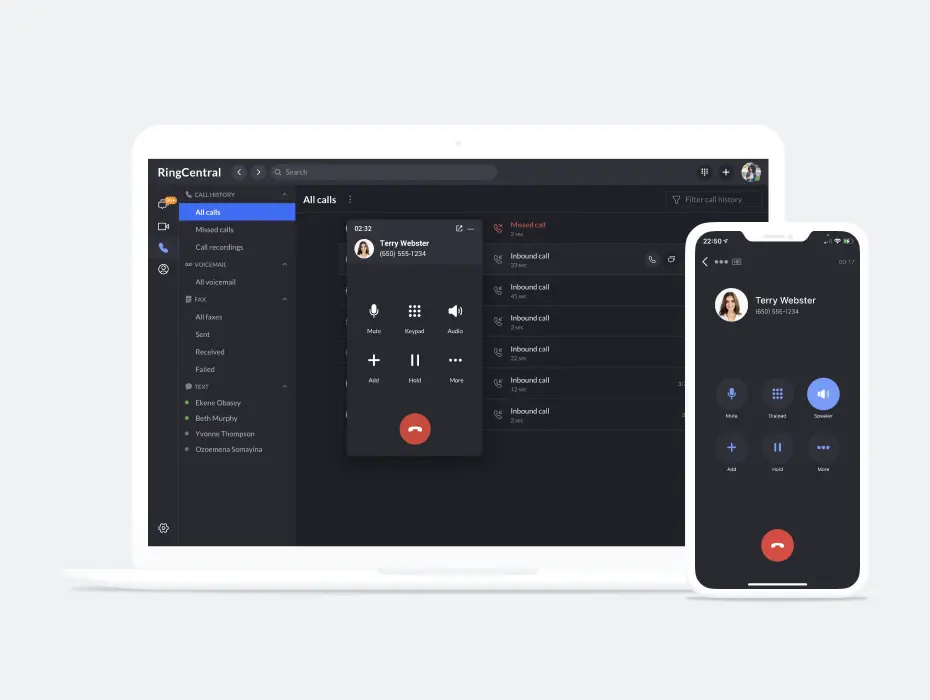The onset of COVID-19 snuck up on businesses around the world, especially organisations that never adopted any type of remote work policy. With many employees separated from their teams for the first time, businesses scrambled to find ways to continue operations in the new remote workplace.
Normally, allowing flexible work isn’t an issue, because most employees remain in the office or split time between the office and home. In times of crisis, however, organisations often don’t have the time or resources to prepare. From using the right technology and security to teaching employees proper online communications etiquette, organisations don’t want to be caught off guard the next time around.
If done right, remote work strategies can not only minimise disruptions to business continuity, but also improve productivity, increase employee retention, and drive business outcomes. Employers will want to explore how to leverage the new normal of remote work and be fully prepared to make the transition when necessary. Here are five ways organisations can do so:
1. Develop a communications strategy that streamlines remote collaboration
In the office, communication is as simple as walking into a meeting room to discuss a project. Remote work has several obstacles, however, including the inability to see coworkers face-to-face and relying on often disjointed technology to stay connected. Without a concrete strategy for workplace communications, employees default to less effective forms of contact, such as emails that can often get misinterpreted.
A solid communications strategy should involve two fronts: providing employees with the right communications technology, and defining when to use the technology. Team messaging is essential for remote collaboration, but video conferencing and phone calls are often better at conveying nonverbal cues. It’s important that every employee in the organisation has access to team messaging, video conferencing, and phone, preferably bundled into a single unified app.
But the right technology doesn’t mean employees will immediately use it, especially without guidelines. Leaders can establish rules for when to use each form of communication. For example, during periods of remote work, managers can conduct weekly check-in meetings that encourage their teams to use their computer cameras. Voice calls can be reserved for meetings with lighter tasks.
Want to ensure adoption for your communications technology? Check out the post, “6 Tips to Make Sure Your Employees Actually Use Your Video Conferencing Solution.”
2. Prepare managers for new styles of engagement and communication
Managers have a lot on their plates, and when their entire team suddenly works remotely, it can be overwhelming. It’s not easy to ask questions, provide support, and ensure projects get delivered when team members aren’t just a few steps away. And when managers become accustomed to traditional office supervision, adapting takes an organisation-wide effort.
Changing management styles requires developing a new mindset. For example, when employees work remotely, managers should evaluate employees based on performance rather than time worked. Micromanaging can increase employee stress and burnout, which leads to poorer productivity, outcomes, and morale. Instead, organisations should instruct managers to shift to a new management style built around trust and quality. This ensures maximum productivity despite the entire team working remotely.
3. Educate employees on keeping information secure
There’s a lot of pressure on IT teams to set an entire company up for remote work. Most employees need to take their work computers home, so distributing the right technology is critical. At the same time, organisations need to protect company information from external threats, especially with at-home employees sometimes in vulnerable network situations.
Solving the remote-work security issues requires education. Employees should know how to identify phishing and malware campaigns designed to capitalise on times of crisis. Employees should also know best practices for using company devices, such as staying away from suspicious websites and software, and logging off at the end of every day.
Remote employees might want to access the company’s enterprise network from their personal laptops while sitting in a cafe. In those situations, they should know how to use VPNs and password managers, as well as where sensitive files and information should be stored.
4. Implement a project management tool to stay updated on tasks
Projects need to continue moving forward, but with distributed teams, it’s not as easy for colleagues to check-in on the progress of a task and prepare for incoming assignments. Project management tools like Asana allow teams to easily keep track of assignments in the pipeline, as well as set reminders and deadlines to keep projects organised.
5. Maintain culture to keep employees engaged
Striking up random conversations with coworkers in the office helps develop professional relationships and improve teamwork, but it’s easy to lose sight of those relationships during prolonged periods of remote work.
There are multiple ways for organisations to prepare for cultural continuity during remote work. Friday afternoons can be dedicated to video-meeting socials, where entire teams join and chat about anything and everything. Use team messaging and social media to celebrate wins and encourage employees to engage. Celebrate birthdays over video. Have a movie night. The possibilities are endless, but the effects on employee morale will be astounding.
Communications will lead the way
As organisations slowly reopen and employees return to the office, businesses will want to be prepared for future circumstances that require remote work. Organisations with the right business continuity plans and the right technologies will weather whatever storm comes their way. Remote-work readiness starts by embracing remote work practices now.
Unified communications solutions prepare organisations for communicating and collaborating during long periods of remote work. The RingCentral app provides every employee with team messaging, video, and phone where employees can effortlessly and securely communicate with colleagues from any device. What’s more, all three features combined into a single app means less technology for IT teams and employees to worry about.
By having the right communications technology, your organisation is on track to not only survive the next unforeseen work-from-home event, but also exceed expectations and outperform competitors.
Originally published 11 May, 2020, updated 13 Jan, 2023




